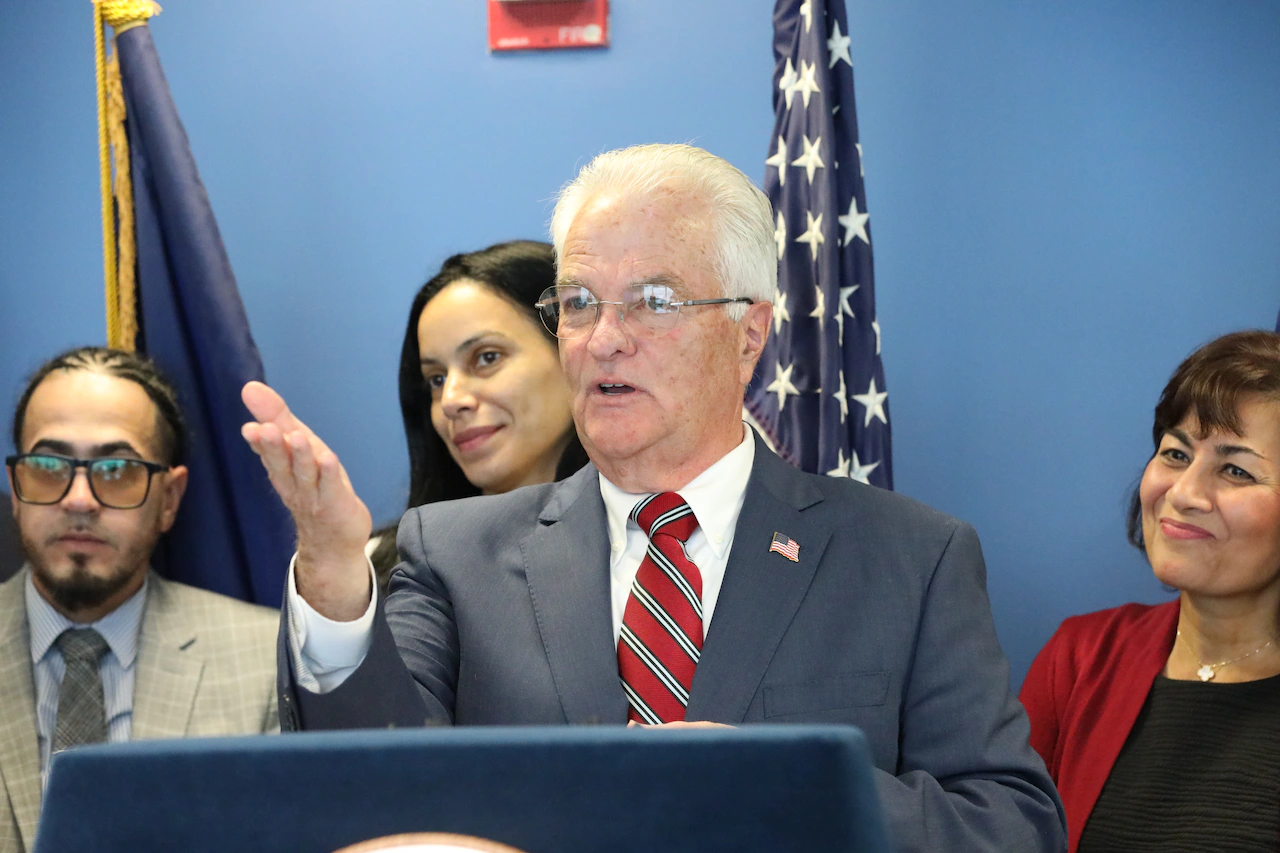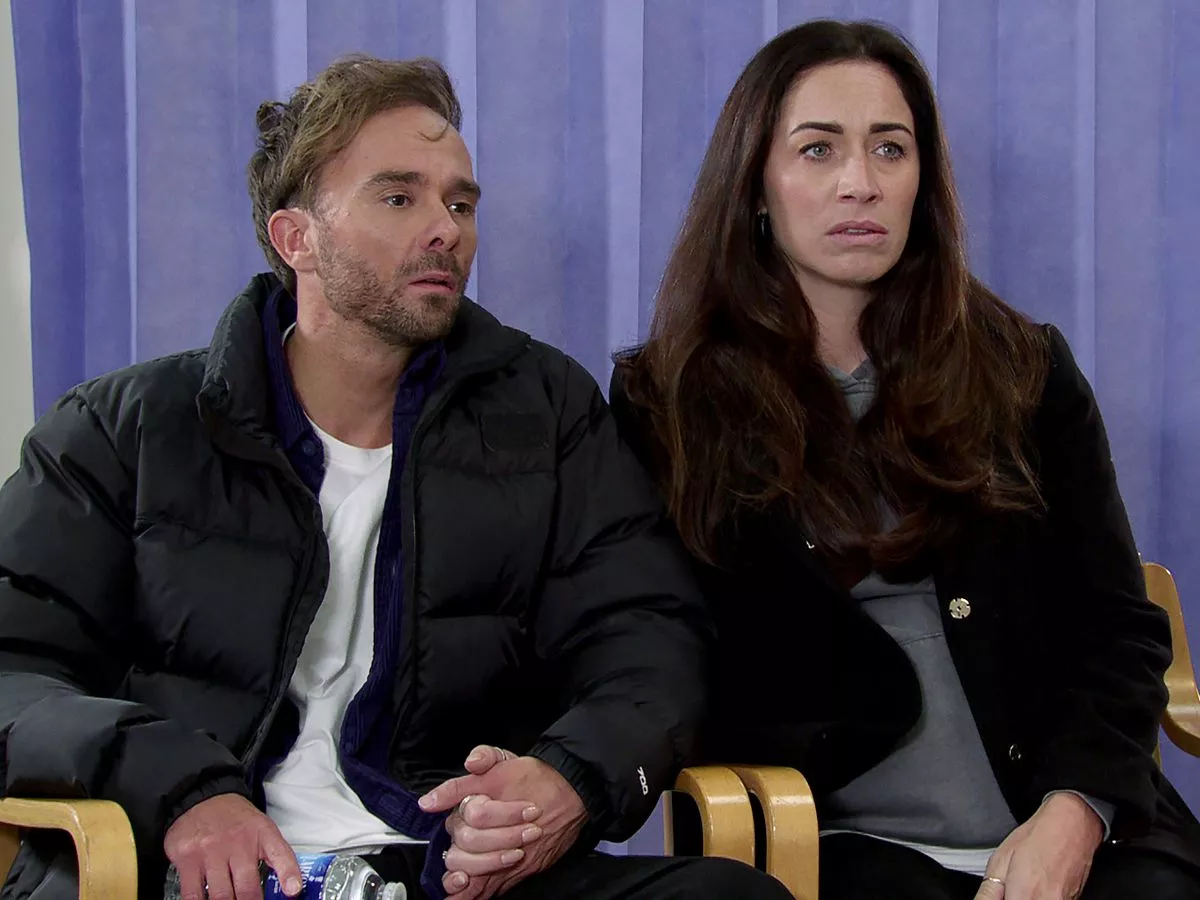Copyright Staten Island Advance

STATEN ISLAND, N.Y. — The Staten Island Fentanyl and Overdose Task Force is urging Gov. Kathy Hochul and New York state legislators to provide more funding for drug addiction treatment and prevention programs in the borough. The task force released its 2025 final report and recommendations for the governor and state legislators during a news conference Wednesday at the office of District Attorney Michael E. McMahon. This year, as of Nov. 9, 78 people died of suspected overdoses on Staten Island, while 66 people were rescued, according to preliminary and incomplete statistics provided by the District Attorney’s Office. The district attorney and other speakers said that the efforts of the task force played a crucial role in the 49% reduction in fatal overdoses on Staten Island in 2024. However, additional state and federal funding is needed for the many innovative programs that task force members say offer hope and healing, while driving down the number of overdoses. “As we stand here today, we are energized,” McMahon said about Staten Island topping all the other boroughs in its percentage decline of overdose deaths. “I should say we’re not celebrating; the battle is far from over,” McMahon said, stressing that 81 people lost their lives to drugs last year while the goal is zero overdoses. “We are all here to also send a very clear message that yes, we’ve made progress, but we have more work to do.“ At the top of the task force’s list is ensuring that Staten Island receives its fair share of the state’s Opioid Settlement Funds. The money was provided by pharmaceutical companies, pharmacies and related entities to resolve lawsuits over their roles in the opioid epidemic. People who became addicted to pain pills often turned to street drugs when their prescriptions ran out. Deaths from overdoses currently are linked mostly to illicit fentanyl, a synthetic opioid that is up to 50 times stronger than heroin and 100 times stronger than morphine. “Big Pharma created the underpinnings of this five-alarm fire that has taken over a half a million lives since 2019; That number is astounding,″ said Dr. Joseph Conte, executive director of the Staten Island Performing Provider System, referring to the national death toll from drug overdoses. Conte’s organization runs The Hotspotting the Overdose Epidemic Program, an AI driven initiative that is reducing the number of drug-related deaths among participants on Staten Island. “Since 2022, New York state has accrued $35 million in interest on its $500 million Opioid Settlement Fund, yet a substantial portion of that money remains unspent,” according to the report. “Providers and advisory board members across the state have voiced concern that funds are not reaching communities most in need — particularly those with historically high overdose rates like Staten Island. “As we sit here today, $500 million in opioid settlement funds are still unallocated in New York,” Conte said. “The deadly problems that the funds need to be allocated to are present, but the allocations have not been made. They are sitting useless in the bank. Release them.” In 2024, $12 million in settlement funds was slated for eight borough organizations that provide treatment and prevention services. Each organization is designated to receive $375,000 over four years. The funds were appropriated by state Attorney General Letitia James and Mayor Eric Adams, according to the report. “While this funding is deeply appreciated, it remains insufficient to meet the borough’s widespread and escalating needs,” according to the report. McMahon noted that there are no Staten Islanders on the advisory board that determines how the funds are distributed and he and other task force members believe that needs to change. “This absence of local input contributes to a distribution system that fails to prioritize high-risk counties, leaving Staten Island’s providers underfunded and our residents underserved,” according to the report. Many of the task force members also have been hard hit by cuts in Medicaid funding under President Trump’s One Big Beautiful Bill. Additional speakers included Dr. Ginny Mantello, director of Health and Wellness at the Borough President’s Office; NYPD Deputy Chief Amir Yakatally, of Patrol Borough Staten Island; Meagan Sills, president of Northwell Staten Island University Hospital; Dr. Joel Idowu, chairman of the Department of Psychiatry and Behavioral Health Sciences at Richmond University Medical Center; Jacqueline Filis, executive director of the YMCA of Greater New York Counseling Service; and Adrienne Abbate, executive director of Staten Island Partnership for Community Wellness. The task force is appealing to the governor and state legislators for support to do the following:



